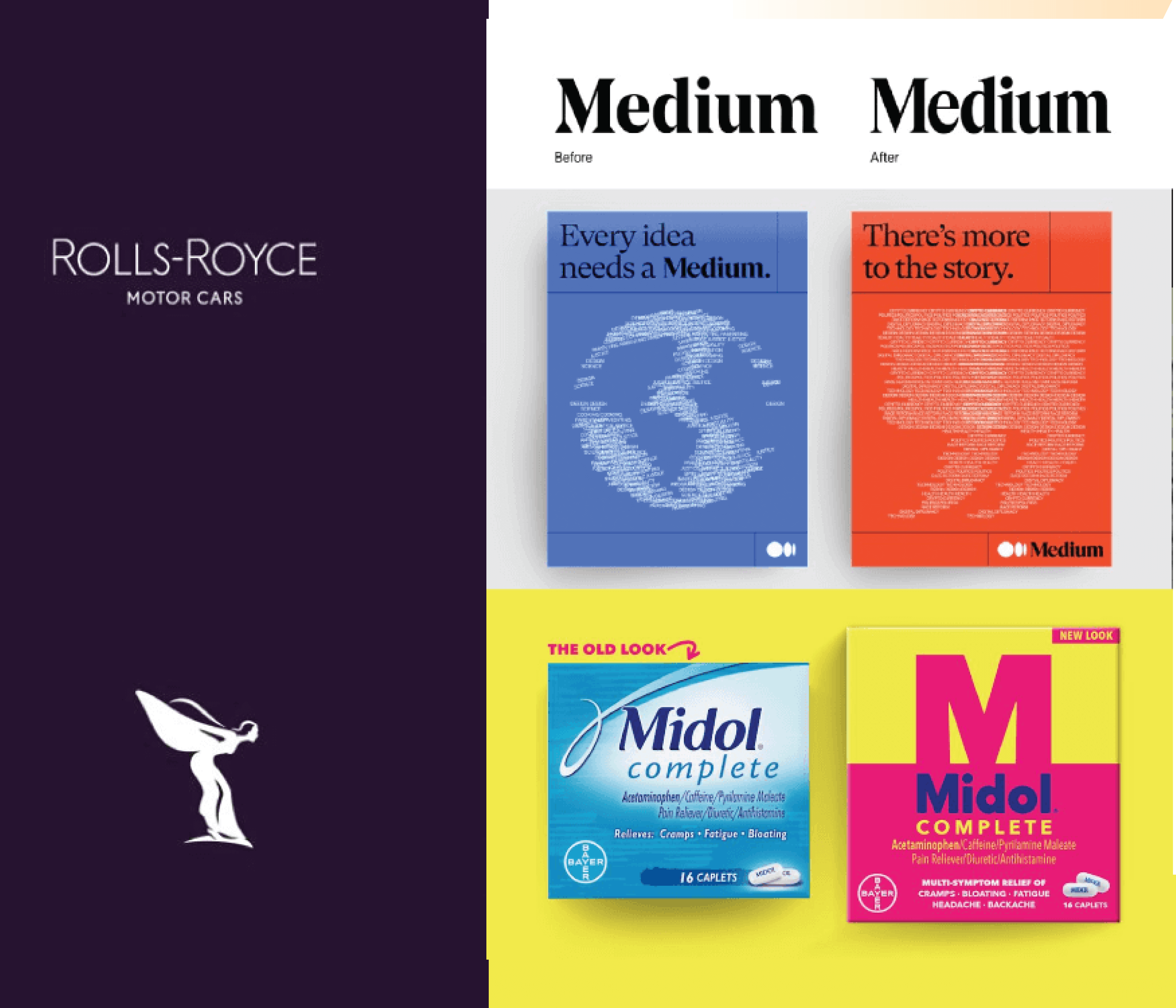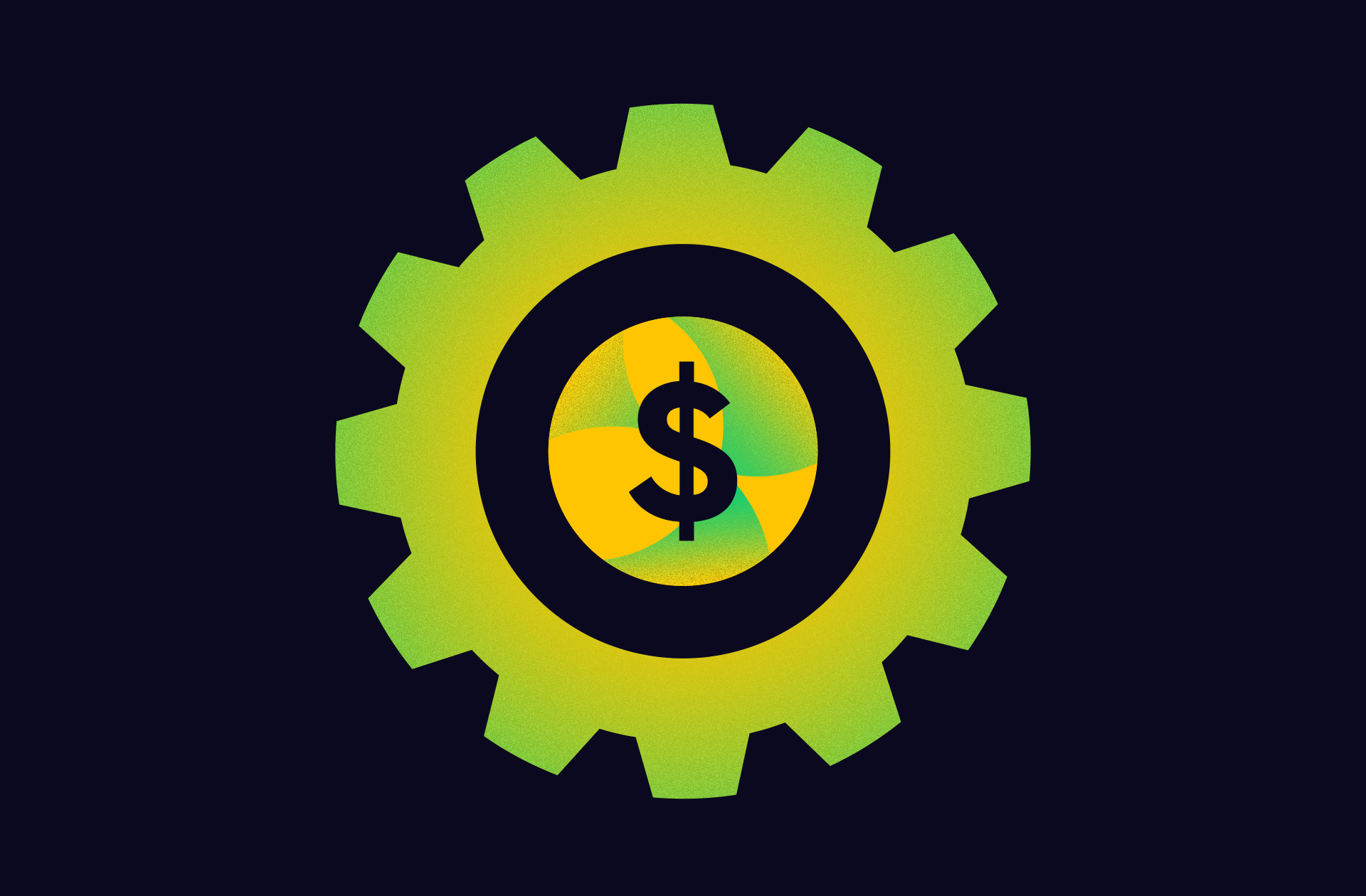There is no silver bullet in SaaS marketing, no one-size-fits-all fix. To be successful, you need to stay nimble and invest in the right things in this ever-changing AI era. That isn’t an easy thing to do, especially when what worked yesterday may not work today (and many marketing teams are working with fewer resources). But if you deploy the right mix of SaaS marketing strategies, you can improve your results and level up your entire operation.
The SaaS Marketing Strategies You Should Be Using
The last few years have seen major shifts in the SaaS marketing space, and the old playbook just isn’t working. So how do you pivot? After speaking to 70+ experts on our Best Story Wins podcast, we’ve identified the key shifts that companies need to make if they want to stay competitive. Whether you’re trying to refresh your approach or rebuild your marketing from the ground up, these are the most important strategies to deploy.
1) Prioritize brand marketing.
According to Ben Parr (co-founder of Octane AI and Theory Forge Ventures), now that everyone can build an AI product in a weekend, your brand is the only thing that will help you differentiate. In fact, in this era, your brand matters more than your tech. That means you need to carve out a clear brand story and allocate resources to tell that story across every touchpoint.
Tip: Transparency and authenticity are crucial to tell your story in any meaningful way. Turn the key people behind your company (founders, executives, experts) into public-facing content creators who can share their expertise and build relationships with your audience. They are the conduits of your brand story, helping to build a community with the kind of emotional connection your competition simply can’t replicate.
Note: InfoTrust is a company that has done a fantastic job of building credibility through transparency. Find out how they’ve built a strong community that puts people, not tech, at the core of their brand.
2) Get into the field.
As AI increasingly replaces human interaction at various stages of the buyer journey, the value of authentic human experiences is paradoxically increasing. In-person events like conferences, demos, dinners, and other interactive experiences are more important than ever because they create the kind of memorable, relationship-building moments that digital interactions just can’t. This is why Chase Howell of InfoTrust told us his company has switched to in-person events only. In fact, they don’t even offer a digital way to attend (e.g., Zoom or livestreaming).
3) Use proprietary data to create interesting content.
With the influx of AI-generated content, nobody is saying anything new or interesting. They’re all just repeating the same generic points, which means your audience is starved for original, insightful content. You can provide this by turning your own proprietary data into interesting content (e.g., articles, reports, interactive tools).
This type of content is more credible because it’s based on real data, and it’s impossible for other companies to replicate because it’s wholly original to you. This makes data storytelling the secret weapon to stand out in a sea of generic content.
Tip: The most compelling data stories reveal interesting trends, dispel myths, or uncover unexpected connections that challenge our assumptions about how things work. Find out where to source the most relevant internal data and extract the unique stories within it.
4) Embrace go-to-market engineering.
The line between marketing and sales is blurring. At the same time, teams have access to more AI tools than ever, making it easier to optimize and automate go-to-market processes across the buyer journey. As Gabe Larsen, CMO at Kustomer Now, points out, it’s smarter to create cross-functional pods that include marketing, sales development, and technical talent (rather than maintaining traditional departmental silos). This helps you deploy and test strategies more effectively.
Tip: Audit your buyer journey with your sales team to get a better grasp on what’s working in your journey, where your biggest opportunities lie, and where you need to focus more resources (e.g., educational content, sales enablement, etc.). For example, you might find it more effective to focus on improving win rates with existing opportunities, rather than focusing all your energy on attracting new leads.
5) Balance performance tactics and brand-building.
The last few years have seen a huge focus on performance tactics, especially in SaaS. This has come at the expense of brand-building, which is a dangerous oversight. Some companies have overcorrected and ditched performance marketing tactics entirely. But brand-building and performance marketing are not at odds with each other. The key is maintaining the right balance for your specific business context.
Tip: According to LinkedIn’s B2B Institute, the optimal balance is approximately 46% brand-building and 54% activation. Just like a portfolio, some tactics will provide reliable, consistent returns; others offer higher risk but potentially greater rewards. So evaluate where and how you’re using performance tactics (e.g., gating, digital ads, etc.) and where you might bolster your brand-building efforts.
Stay Active, Stay Flexible
SaaS marketing moves fast, and you have to move with it. Everything will evolve, from tools, to trends, to channels, but there are key ways to stay ahead of the curve, no matter what strategies you adopt.
- Prioritize more human connection to cut through the noise.
- Highlight your unique insights to stand out from the crowd.
- Build your credibility to cultivate more trust.
Most importantly, get clarity about what’s working and what’s not. Measure what matters, and ditch whatever isn’t producing results.
Remember: you’re not just building for today. You’re creating a marketing approach flexible enough to thrive through whatever curveballs tomorrow throws your way.




